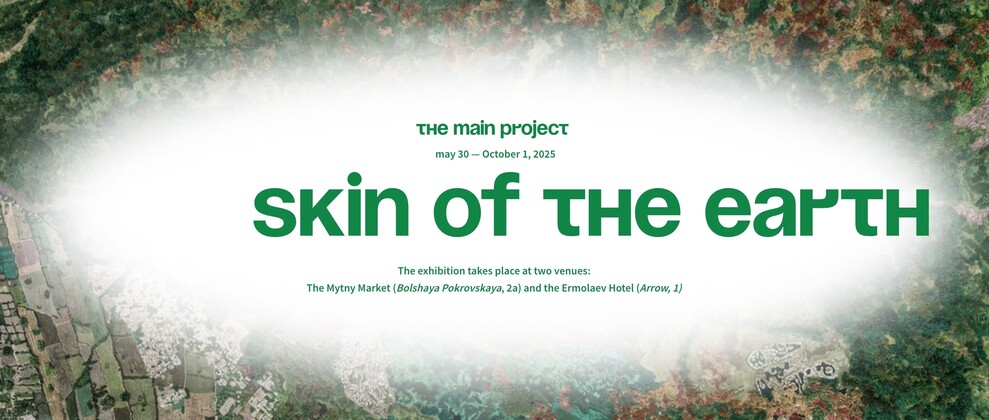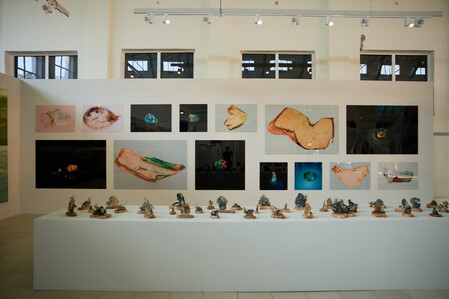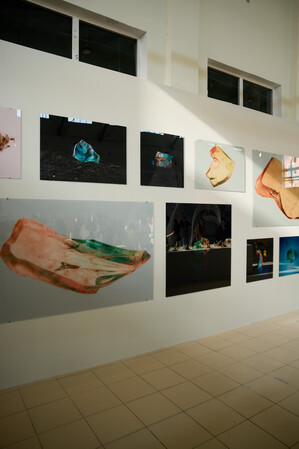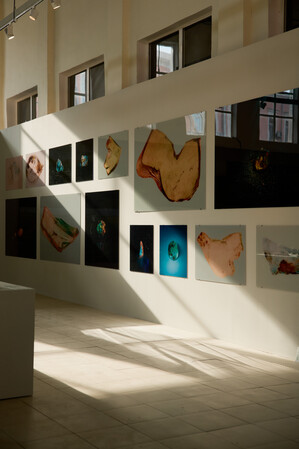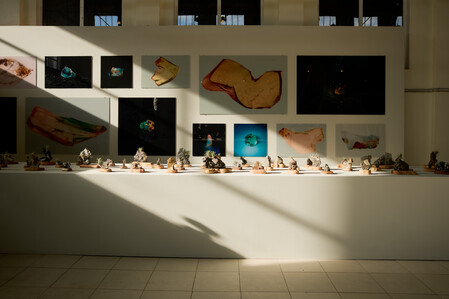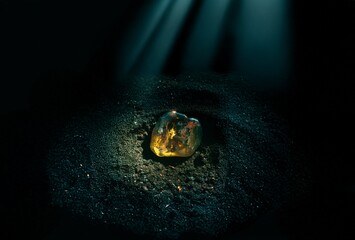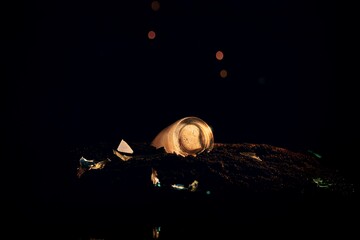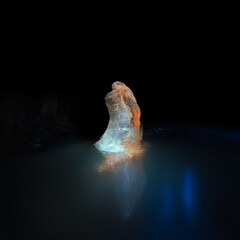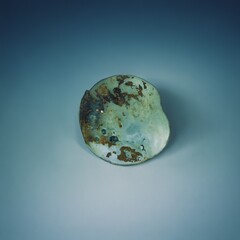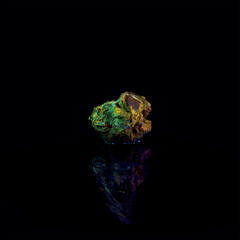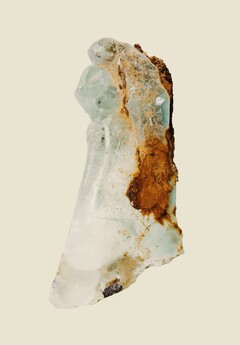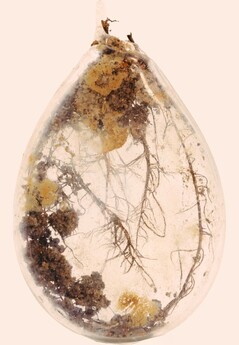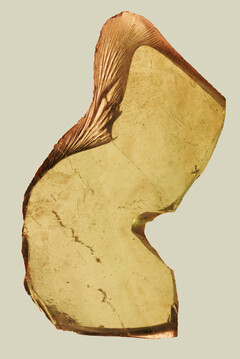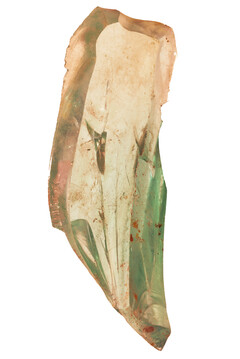Group Exhibition Mytny Market and Ermolaev Hotel, Nizhny Novgorod, Russia
Today we are witnessing an amazing turn in history. Humanity may, for the first time, have to truly realize its integrity and interconnectedness in the search for harmonious forms of co-evolution with the Earth. The question of the future of the human race and planetary problems of survival unite different countries, cultures and generations in finding answers to the main challenges of our time. The Environmental Art Biennale is another important step along this path.
The main project focuses on the thin shell of the Earth, comparable to the skin, and its irreplaceable role in the life of the planet. The emergence of a developed biosphere, and human civilization itself, is associated with the soil layer. Being at the center of contact of all geospheres, it is the intersection of many ecological systems, a source of diversity of natural species and a genetic repository of life. Soil acts as an interface that exchanges between the deep sphere of the Earth and the «shell of thinking substance» — produced by man by the planetary layer, including the technosphere.
For the first time, the concept of soils was introduced by the outstanding Russian scientist Vasily Vasilyevich Dokuchaev, proposing to understand them «completely independent natural-historical bodies, which are the result of the complex interaction of the local climate, plant and animal organisms, rock composition, terrain, and finally, the age of the country».
The etymology of the word «soil» refers us to such meanings as the bottom or support — that on which the foot is supported, manifesting the meaning of the life foundation that has not lost its fundamental meaning for a person even now. However, today the expression «the ground is disappearing from under our feet» perfectly describes the instability and fragility of our world. The expansion of processes of erosion, pollution and land degradation, the disappearance of many forms of life, and the replacement of entire natural ecosystems with artificial ones inevitably bring closer a global environmental crisis, which can be countered through a rethinking of collective ethical principles and planetary regimes of responsibility.
These ideas became the poetic basis for the main project of the biennale, revealing the theme in a wide range of meanings and practices.
Turning to the general processes of evolution, artistic projects include in their optics images of the deep layers of the planet, ancient times, and explore «soil memory», which preserves the features of the processes that shaped it and the history of the earth as a whole. Looking into our present, the authors are also interested in the latest experiments in the field of biogenetics, neuroscience, robotics, and the symbiotic capabilities of natural and man-made.
Many thoughts about «the skin of the earth» concern something very close, primordial, giving life to all living things. Thanks to agriculture, human civilization itself arose, so the authors often address their projects to the times of the birth of agricultural crops, to their real and mythological stories, local practices and beliefs. At the same time, artists comprehend such pressing topics as the consequences of anthropogenic impact on the soil, neocolonial methods of resource use, land alienation and environmental issues in the agricultural sector.
Through interdisciplinary approaches, the project will combine scientific research and marginal forms of knowledge, interest in traditional cultures and the latest technologies, rationality and intuition. Based on the principles of deep ecology, ecosophy and posthumanism, he affirms the principles of environmental justice and partnership with the natural environment, insists on the equivalence of human and non-human life, and formulates new ethical foundations for our existence together in the world.
More Pictures:

